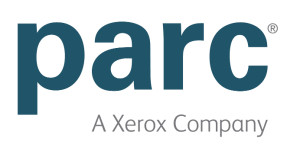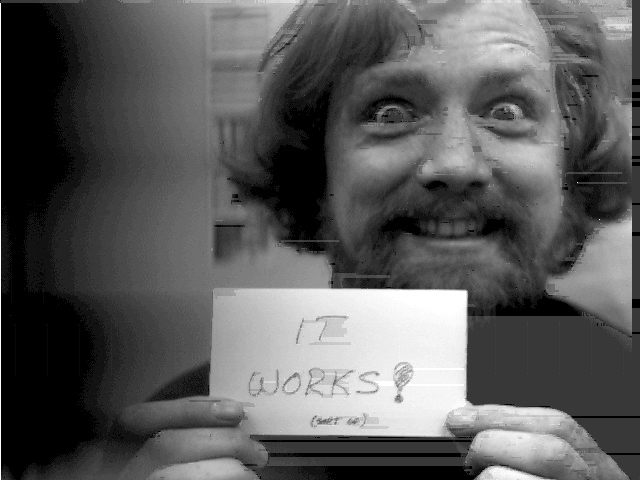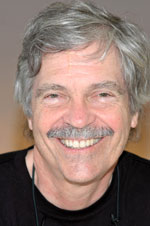
Title
Date
Description
Multiple Available
There are multiple entries on this date. You can modify the date range below to see them all.
Xerox PARC ( Palo Alto Research Center )
Established Date: Jan. 1, 1970
- All
- hardware
- software engineer
- pioneer
- academic
-
The Xerox Palo Alto Research Center (PARC) opened on July 1, 1970, in Palo Alto, California, just outside the Stanford University campus. Although computer graphics was never a goal of PARC per se, Bob Taylor himself was very familiar with this new area of computer science research. He had overseen the Information Processing Techniques Office of ARPA (the Defense Department's Advanced Research Project Agency), which funded many early university graduate programs such as Dave Evans' graduate program at the University of Utah back in 1965.
-
"My big technical contribution (I was really there as an artist) at Xerox PARC to Shoup's SuperPaint was invention and implementation of the RGB to HSV transform for artistic selection of colors. Other than this contribution, all other programming of SuperPaint was Dick's."
Alvy Ray Smith and Superpaint -
In February 1975, the first GUI is demonstrated with multiple windows and pop-up menus. These later would be incorporated as a standard in Mac (and later Windows) operating desktop systems.
the first GUI -
In 2002 PARC became a wholly owned subsidiary of Xerox.
Just Parc -
The first Alto PC was powered up in 1973 (displaying an image of Sesame Street's Cookie Monster). Its bitmap display was a vertical format 8 by 11-inch screen with a resolution of 606 by 808 pixels. With a maximum of 128k of main memory and a 2.5 meg disc, more than 2,000 were manufactured by 1978 at a cost of about $12,000 each. Upgraded as the AltoII in 1975 and the AltoIII in 1976, it actually was the first PC …
the first PC in the White House! -
 logo
logo -
The person who brought CG research to PARC under Taylor was Dr. Richard Shoup of Carnegie Mellon University. Shoup had been at the short-lived Berkeley Computer Company (BCC) from 1968 to 1970 and was given a full year upon starting at PARC to explore what it was he wanted to do. What he ended up doing was developing SuperPaint. Along with artist Alvy Ray Smith, Shoup experimented, designed, and built the first digital paint system with a non-random access, 8-bit …
Superpaint -
 Apple Computer Inc.
Apple Computer Inc. -
 Alvy Ray Smith
Alvy Ray Smith -
 Richard Shoup
Richard Shoup -
 John Warnock
John Warnock -
 Alan Kay
Alan Kay
Alvy Ray Smith and Superpaint
"My big technical contribution (I was really there as an artist) at Xerox PARC to Shoup's SuperPaint was invention and implementation of the RGB to HSV transform for artistic selection of colors. Other than this contribution, all other programming of SuperPaint was Dick's."
the first GUI
In February 1975, the first GUI is demonstrated with multiple windows and pop-up menus. These later would be incorporated as a standard in Mac (and later Windows) operating desktop systems.
Just Parc
In 2002 PARC became a wholly owned subsidiary of Xerox.
the first PC in the White House!
The first Alto PC was powered up in 1973 (displaying an image of Sesame Street's Cookie Monster). Its bitmap display was a vertical format 8 by 11-inch screen with a resolution of 606 by 808 pixels. With a maximum of 128k of main memory and a 2.5 meg disc, more than 2,000 were manufactured by 1978 at a cost of about $12,000 each. Upgraded as the AltoII in 1975 and the AltoIII in 1976, it actually was the first PC installed in the White House (in 1978). There's some irony, perhaps, in the fact that the world's first WYSIWYG computer was used in the heart of Washington politics.
Superpaint
The person who brought CG research to PARC under Taylor was Dr. Richard Shoup of Carnegie Mellon University. Shoup had been at the short-lived Berkeley Computer Company (BCC) from 1968 to 1970 and was given a full year upon starting at PARC to explore what it was he wanted to do. What he ended up doing was developing SuperPaint. Along with artist Alvy Ray Smith, Shoup experimented, designed, and built the first digital paint system with a non-random access, 8-bit framebuffer. SuperPaint recorded and stored its first image at 486x640 resolution (a picture of Dick Shoup holding a sign saying "It works, sort of"). The work was completed with assistance from Robert Flegal, Jim Curry, and Patrick Beaudelaire on April 10, 1973.
The Xerox Palo Alto Research Center (PARC) opened on July 1, 1970, in Palo Alto, California, just outside the Stanford University campus. Although computer graphics was never a goal of PARC per se, Bob Taylor himself was very familiar with this new area of computer science research. He had overseen the Information Processing Techniques Office of ARPA (the Defense Department's Advanced Research Project Agency), which funded many early university graduate programs such as Dave Evans' graduate program at the University of Utah back in 1965.
